Search results for '10'
-

Gelatine Leaf
Starting at: £5.30
-
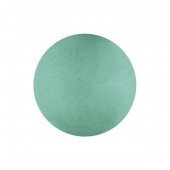
Synthetic Malachite Pigment
Starting at: £4.20
-
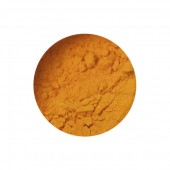
Gamboge Powder
Starting at: £5.20
-
![Roberson Glass muller, medium (7 cm) and small (5 cm) [without logo]](https://www.cornelissen.com/media/catalog/product/cache/1/small_image/170x/9df78eab33525d08d6e5fb8d27136e95/i/m/img-6584.jpg)
Roberson Glass Mullers
Starting at: £25.00
-
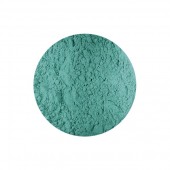
Verdigris Pigment
Starting at: £4.90
-
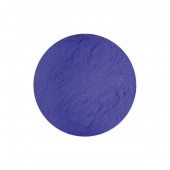
Smalt Dark Pigment
Starting at: £5.30
-
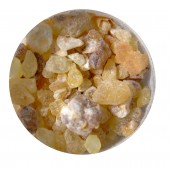
Coptic Frankincense Resin 10 grams
£2.95 -
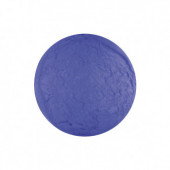
Pigment Early Colour 10 grams Azurite
£15.00 -
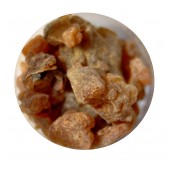
Commiphora Myrrh Resin 10 grams
£2.95 -
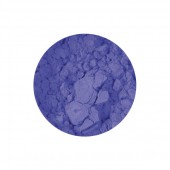
Smalt Light Pigment
Starting at: £5.20
-
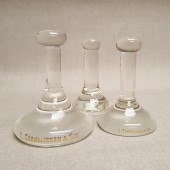
Cornelissen Glass Mullers
Starting at: £24.50
-
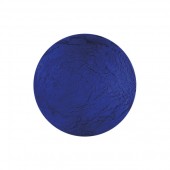
Blue Verditer Pigment
Starting at: £7.50
-
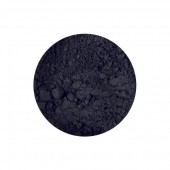
Ivory Black Genuine Pigment
Starting at: £38.00
-
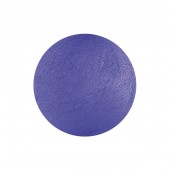
Egyptian Blue Pigment
Starting at: £5.90
-
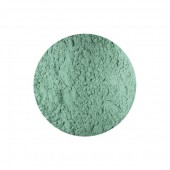
Genuine Malachite Pigment
Starting at: £14.90
-
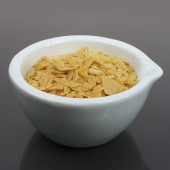
Carnauba Wax Yellow
Starting at: £6.50
-
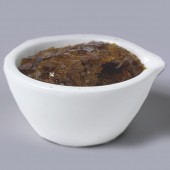
Lemon Shellac
Starting at: £8.20
-
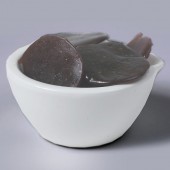
Button Shellac
Starting at: £8.40
-
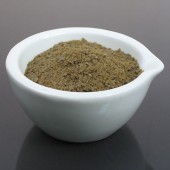
Carnauba Wax Grey
Starting at: £8.40
-
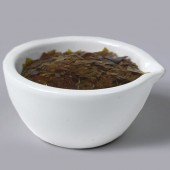
Orange Shellac
Starting at: £8.00
-
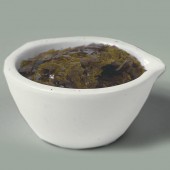
Clear Dewaxed Shellac
Starting at: £9.20
-
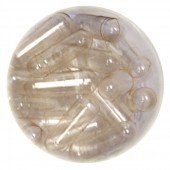
Gelatine Capsules
Starting at: £5.80
-
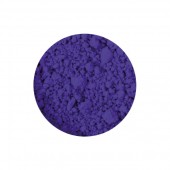
Ultramarine Blue Dark Pigment
Starting at: £4.00
-

Cobalt Yellow Pigment
Starting at: £8.80
-
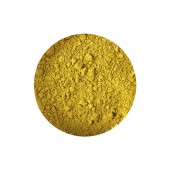
Yellow Ochre Pigment
Starting at: £4.00
-
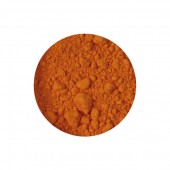
Cadmium Yellow Orange Pigment
Starting at: £4.50
-

Empty Watercolour Pans
Starting at: £0.60
-

Mixing Slab
Starting at: £24.00
-
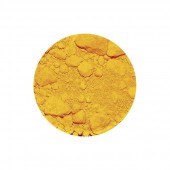
Cadmium Yellow Middle Pigment
Starting at: £6.30
-
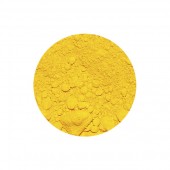
Tartrazine Yellow Pigment
Starting at: £4.50




